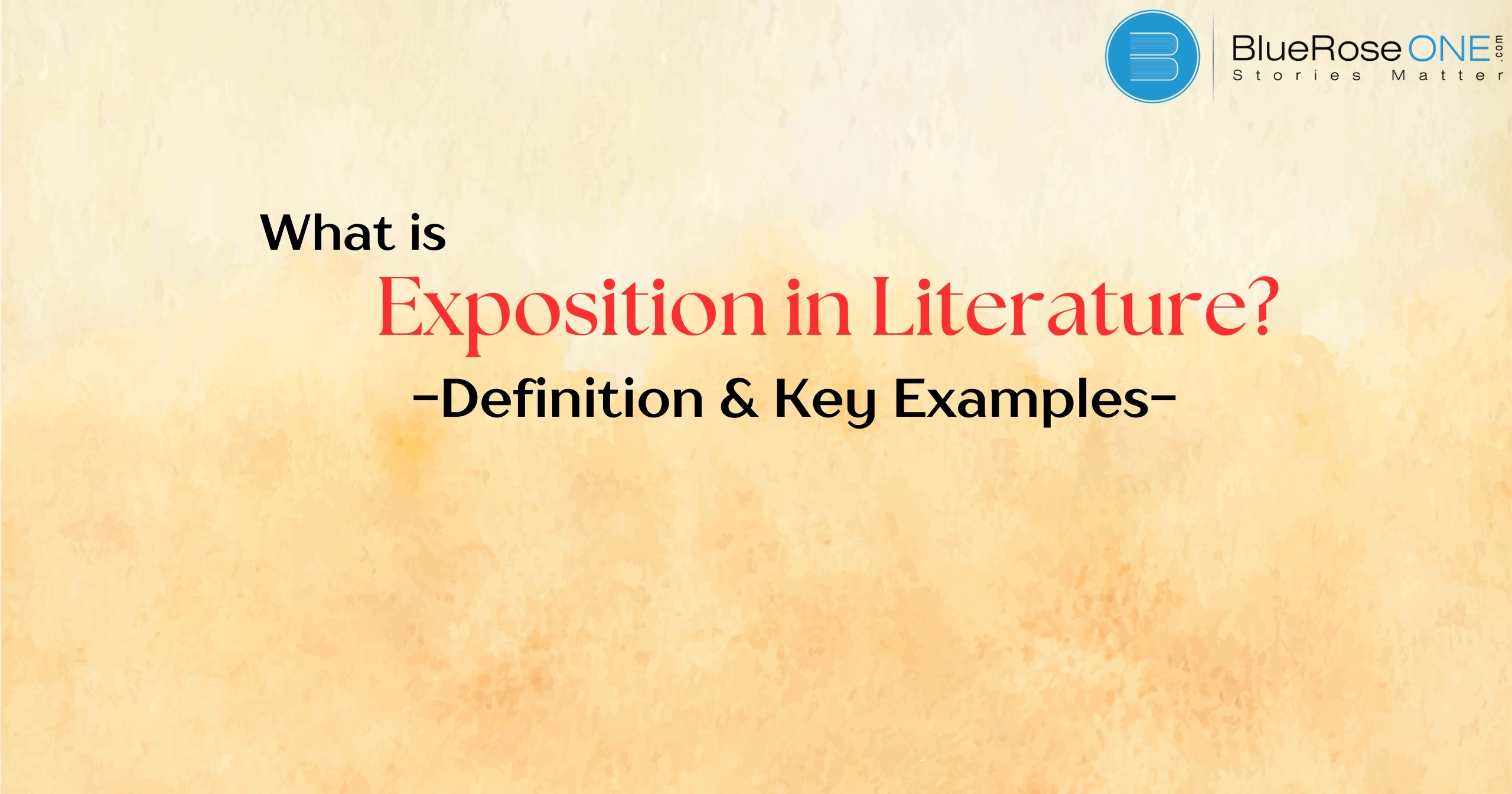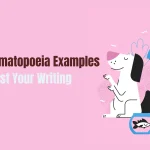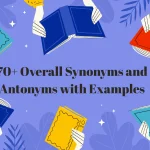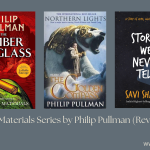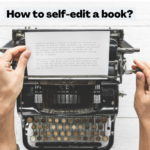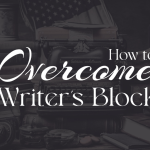An essential component of narrative is exposition. You’re thinking of exposition if you’ve ever wondered how a reader finds out about the setting, the characters, or the story’s backdrop. It is the initial thread that connects the start of a story. However, what precisely is exposition, and what makes it so crucial? To better grasp the idea and its significance in literature, let’s examine some important examples.
What is Exposition?
Exposition is fundamentally the section of a story that gives important background information. The setting, people, historical background, and even significant pre-plot events can all be introduced in this way. To put it another way, explanation is necessary to comprehend what is to follow, just like when you build a house.
You may also like: Footnote vs Endtone: What’s the Difference and When to Use Each?
The Role of Exposition in Literature
Exposition aids in the reader’s immersion in the narrative. Without it, readers would be confused and unsure of who is involved, where the tale is taking place, or why any of it matters at all. The exposition makes sure the viewer has sufficient background knowledge to understand how the story is developing and how the characters are acting.
Types of Exposition
There are two primary types of exposition in literature, each with its distinct style:
1. Direct Exposition
When an author gives the reader facts or background data in an uncomplicated way, it’s known as direct exposition. This kind of exposition is concise and direct, and it’s frequently used to introduce characters, situations, or crucial details.
It is helpful for communicating important details without creating uncertainty and can be found in dialogue or narration. Direct exposition in writing guarantees that the reader gets the main points of the narrative without having to make a lot of assumptions.
2. Indirect Exposition
Indirect Exposition: Rather of providing clear explanations, indirect exposition in literature uses subliminal cues to provide details about characters, situations, or events. Important information are progressively revealed by the author through speech, actions, and clues within the story, as opposed to being stated outright.
This technique makes the story feel more immersive and keeps readers interested as they piece together facts on their own. A crucial method for deepening narrative without overloading readers with background information is indirect exposition.
You may also like: How to Get More Book Reviews in 2025: Tips for Authors
Elements of Effective Exposition
Exposition can be tricky. Too much, and you bore the reader. Too little, and they’re confused. A well-crafted exposition balances key elements like:
Setting the Scene
An essential component of literary exposition is setting the scene. By elucidating the time, location, and context of the action, it acquaints readers with the setting of the story. An effective setting creates atmosphere and context, which helps readers comprehend character motivations and the plot’s progression.
Good exposition makes sure that the scene seems realistic and gives readers just enough information to get engrossed without going overboard.
Introducing Characters
Reader engagement throughout a story’s exposition is greatly enhanced by the introduction of characters. It gives readers crucial information about the relationships, histories, and personalities of the characters, enabling them to comprehend their intentions.
A well-written character introduction in exposition lays the groundwork for character growth and interaction in the narrative. Exposition guarantees that readers feel a connection to the characters by exposing important characteristics early on and laying the groundwork for upcoming conflicts and resolutions. In order to create an engaging story, this procedure is essential.
Establishing Conflict
The establishment of conflict early in the narrative is one of the fundamental components of effective exposition. Conflict gives the characters a problem or conflict, which builds suspense and keeps readers interested. This conflict can be external, involving the character facing opposing forces, or internal, involving moral or emotional quandaries.
The story picks up steam as the conflict is introduced in the exposition, which keeps readers interested while laying the groundwork for character growth and story advancement.
You may also like: List of Nobel Prize in Winners in India (Updated)
You may also like: 20 Satire Examples in Real-World Every Writer Should Know
Examples of Exposition in Classic Literature
“Pride and Prejudice” by Jane Austen
The opening line, “It is a truth universally acknowledged, that a single man in possession of a good fortune, must be in want of a wife,” immediately sets the tone and introduces the societal expectations in which the story will unfold.
“The Great Gatsby” by F. Scott Fitzgerald
The first chapter introduces Nick Carraway as the narrator, his background, and his arrival in New York. Through Nick, we learn about Gatsby’s mysterious wealth, setting up the core conflict.
Exposition in Modern Literature
“The Hunger Games” by Suzanne Collins
The first chapter of The Hunger Games introduces us to the dystopian world of Panem, the harsh living conditions in District 12, and Katniss Everdeen’s role as a provider for her family.
“Harry Potter and the Sorcerer’s Stone” by J.K. Rowling
J.K. Rowling masterfully uses exposition to introduce Harry Potter’s backstory. The exposition sets up not only Harry’s background as an orphan but also hints at the larger magical world that he will soon enter.
The Balance Between Exposition and Action
Literature relies heavily on exposition to give background information about characters, situations, and events. But it’s crucial to find a balance between explanation and action. Excessive explanation can make the plot seem weighty and uninteresting, slowing it down.
However, too little information can confuse readers. Exposition is skillfully woven into the story’s action, allowing readers to stay interested while learning about the story’s background. The story is kept lively and captivating by this balance, which improves the reading experience as a whole.
How to Incorporate Exposition Into Your Writing
Show, Don’t Tell: Wherever possible, let the characters’ actions, dialogue, and environment reveal key details.
Avoid Long Blocks of Text: Break up exposition with dialogue, action, or even mystery, giving readers a reason to keep turning the page.
Pace Yourself: Feed information to the reader in small, digestible pieces as the story unfolds.
You may also like: Top 10 Hugo Award-Winning Novels You Must Read
Exposition in Different Genres
Different genres handle exposition differently. For instance:
Mystery
Exposition is essential to putting up the plot in mystery novels. To build suspense, it introduces the characters, the setting, and the main issue. In a traditional whodunit, for instance, the exposition provides details about the crime scene, important characters, and potential motivations.
This foundation draws readers in and offers crucial background information for the developing mystery. Authors can create tension and motivate readers to piece together clues, turning them into active participants in the mystery by skillfully utilizing exposition.
Fantasy
Exposition introduces readers to the magical world and its laws in fantasy literature. Frequently, this background material contains information about fabled animals, supernatural abilities, and unusual topography. The rich history of Middle-earth, for instance, is revealed in J.R.R. Tolkien’s
“The Lord of the Rings,” wherein the presence of several races and their struggles are amongst them. The fanciful components become more relevant and interesting as a result of this structure, which also helps readers comprehend the story’s stakes and the motivations of its characters.
Historical Fiction
Exposition is essential for creating the scene and giving background information in historical fiction. Readers are introduced to the era, way of life, and significant occasions that shaped the plot.
Through the incorporation of historical characters or noteworthy events, writers establish a complex framework that enriches the story. This thorough explanation makes the novel more believable and compelling by assisting readers in understanding the motivations of the characters and the prevailing social mores of the period.
Conclusion
The crucial component that provides readers with the background knowledge they require to comprehend a story is exposition. Exposé establishes the foundation for engaging storytelling, be it the emotional depth of a character’s past or the rich background of a fantasy world. Writers may captivate readers from the first to the last page by perfecting the art of exposition.
Frequently Asked Questions
Exposition sets the stage and provides necessary details, while rising action is where the story’s conflict starts to develop.
Yes, exposition isn’t just for the beginning. It can be sprinkled throughout to introduce new information or clarify details as the plot unfolds.

